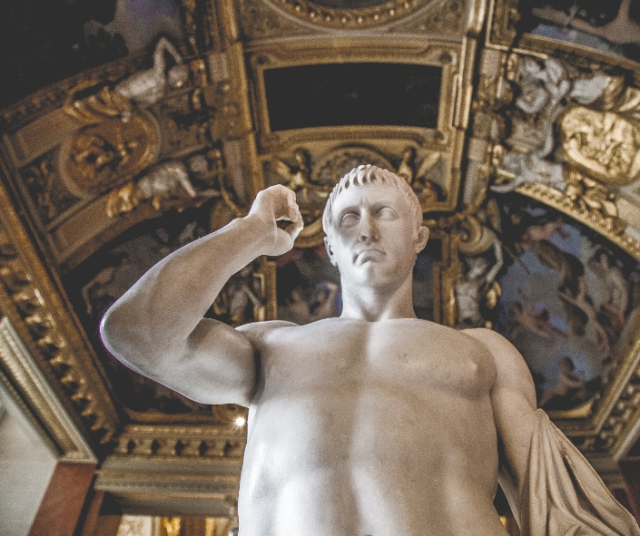Known as the cradle of European art and culture, France is home to some of the most extraordinary museums in the world. From the majestic galleries of Paris to the charming provincial cities, every corner of the country breathes history, creativity and beauty.
1. The Louvre (Paris)
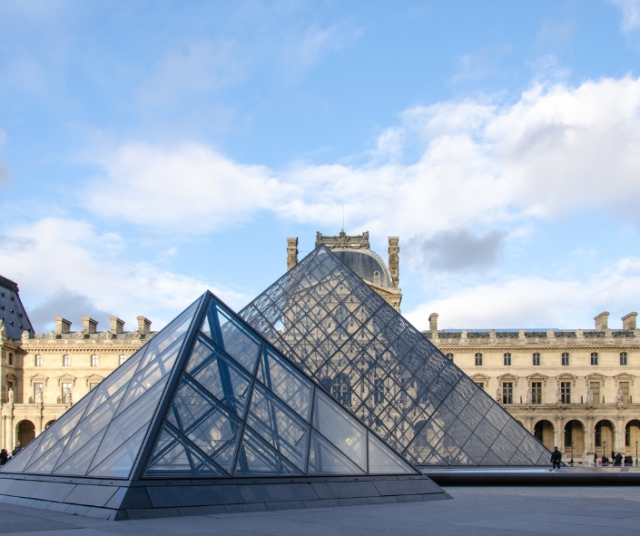
You can't talk about French museums without mentioning the incomparable Louvre. Located in the heart of Paris, this cultural giant is more than a museum; It is a monument to history itself. From its origins as a medieval fortress to its transformation into one of the most prestigious artistic institutions in the world, the Louvre houses a vast collection spanning from antiquity to the 19th century. Among his most famous works are Leonardo da Vinci's Mona Lisa, the Venus de Milo and the Victory of Samothrace. One day is not enough to explore all the wonders this museum has to offer.
2. Musée d Orsay (Paris)
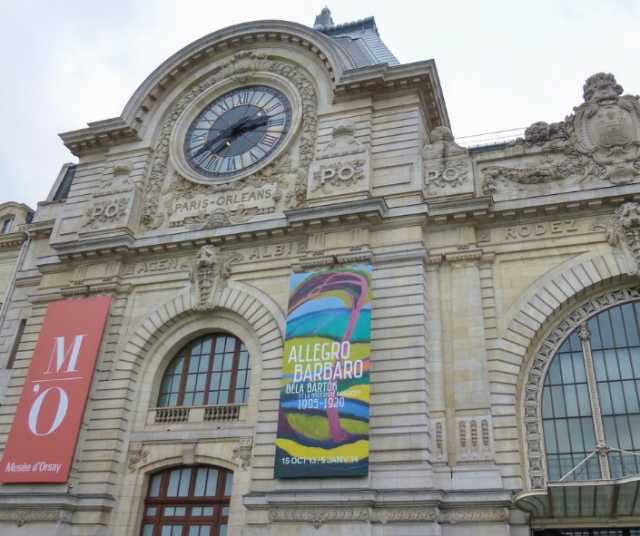
Located in a former train station, the Musée d Orsay is a paradise for lovers of impressionist, post-impressionist and art nouveau art. Its galleries house masterpieces by artists such as Monet, Renoir, Van Gogh, Degas and Gauguin, among others. In addition to paintings, the museum also exhibits sculptures, photographs and decorative arts that capture the essence of the 19th and early 20th centuries. The architecture of the building itself is a work of art, making a visit to this museum an unforgettable experience.
3. Pompidou Center (Paris)
The Center Pompidou, known for its avant-garde architecture and focus on contemporary art, is a symbol of Parisian modernity. Its collections range from 20th century art to the present day, including works by Picasso, Kandinsky, Duchamp and Warhol, among others. In addition to permanent exhibitions, the center also organizes temporary exhibitions that explore various artistic and cultural currents. From the stunning views of Paris from its terrace to the exciting interactive installations, the Pompidou Center offers a unique experience for all visitors.
4. Musée du Louvre-Lens (Lens)
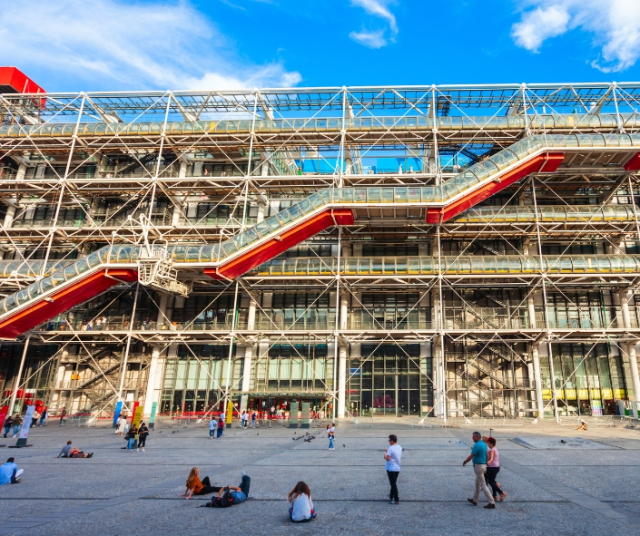
While the original Louvre in Paris is a must-see, the Musée du Louvre-Lens, located in the Hauts-de-France region, offers an equally impressive experience in a more intimate setting. Opened in 2012, this museum displays a selection of Louvre masterpieces in a contemporary space designed by Japanese architects Kazuyo Sejima and Ryue Nishizawa. In addition to temporary exhibitions, the museum also hosts cultural events and educational activities that make art accessible to everyone.
5. Musée de l Orangerie (Paris)
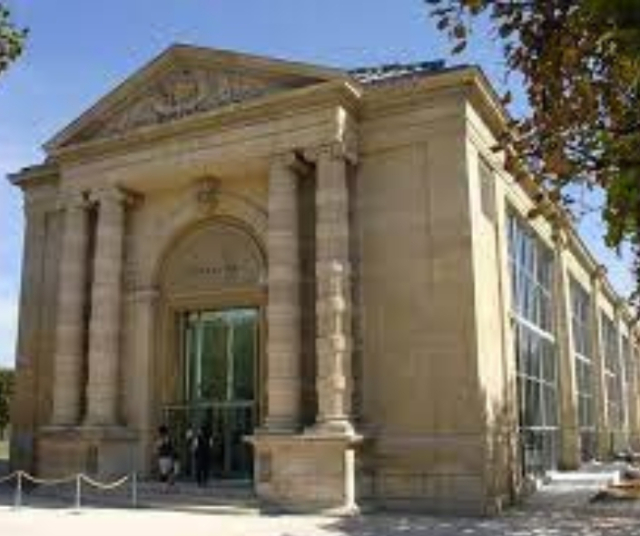
Located in the Tuileries Gardens, the Musée de l Orangerie is known for housing Monet's stunning Nympheas, a series of paintings that capture the beauty of water lilies in his garden in Giverny. In addition to these masterpieces, the museum also displays a collection of modern and post-impressionist art that includes works by Cézanne, Renoir, Picasso and Modigliani, among others. The layout of the rooms, flooded with natural light, creates a serene atmosphere that invites contemplation and reflection.
6. Musée Rodin (Paris)

Dedicated to the French sculptor Auguste Rodin, this museum is located in the former Hotel Biron, an elegant 18th century mansion surrounded by ornamental gardens. The Musée Rodin's collections include some of the artist's most iconic sculptures, such as The Thinker and The Kiss, as well as drawings, paintings and works by his contemporaries. The gardens, adorned with outdoor sculptures, offer an oasis of tranquility in the bustling heart of Paris.
7. Musée National Picasso-Paris (Paris)
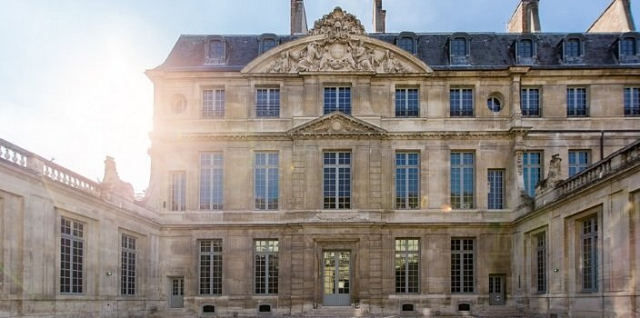
Located in the picturesque Marais district, the Musée National Picasso-Paris houses the largest collection of Picasso's works in the world. From his first drawings to his last paintings, the museum offers a complete vision of the creative genius of the Spanish artist. In addition to Picasso's works, the museum also displays works from his personal collection, including pieces by Cézanne, Matisse, Braque and other artists who influenced him.
8. Musée des Beaux-Arts de Lyon (Lyon)
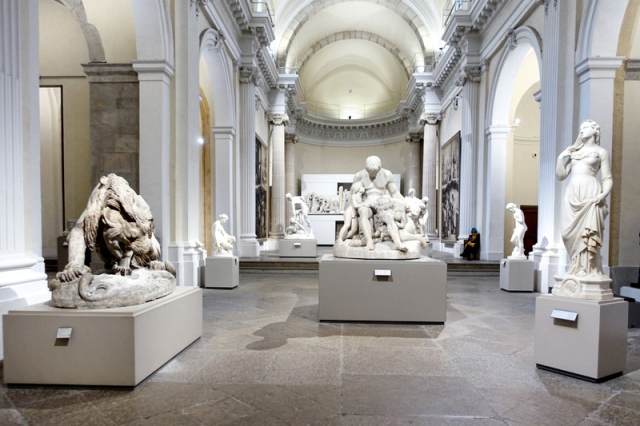
The Musée des Beaux-Arts de Lyon is one of the most important provincial museums in France, with an impressive collection spanning from antiquity to the 20th century. Its galleries house masterpieces by artists such as Rubens, Rembrandt, Delacroix and Monet, as well as an outstanding collection of Egyptian art and Greek and Roman antiquities. Located in a former 17th century convent, the museum combines architectural beauty with artistic wealth in a unique setting.
9. Musée Unterlinden (Colmar)
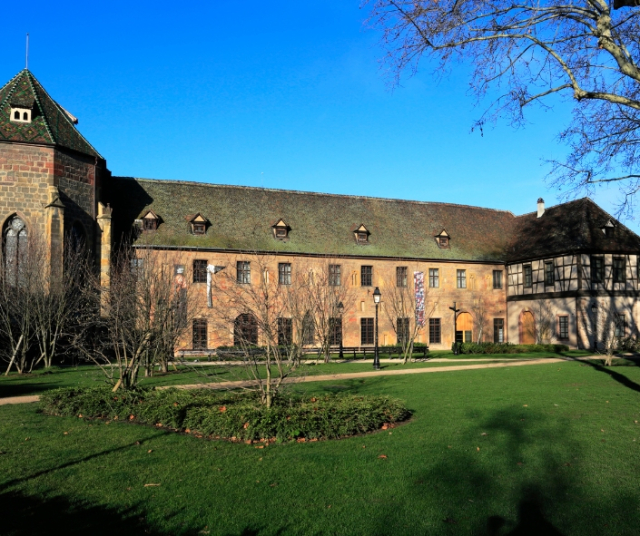
Located in the charming city of Colmar in the Alsace region, the Musée Unterlinden is famous for housing the Isenheim Altarpiece, a 16th-century masterpiece attributed to Matthias Grünewald. In addition to this iconic work, the museum also displays a collection of medieval, Renaissance and Baroque art, as well as an impressive gallery of modern and contemporary art. The former museum-turned-museum offers an intimate and welcoming atmosphere that allows visitors to immerse themselves in the history and art of the region.
10. Musée d Art Moderne et d Art Contemporain (Nice)
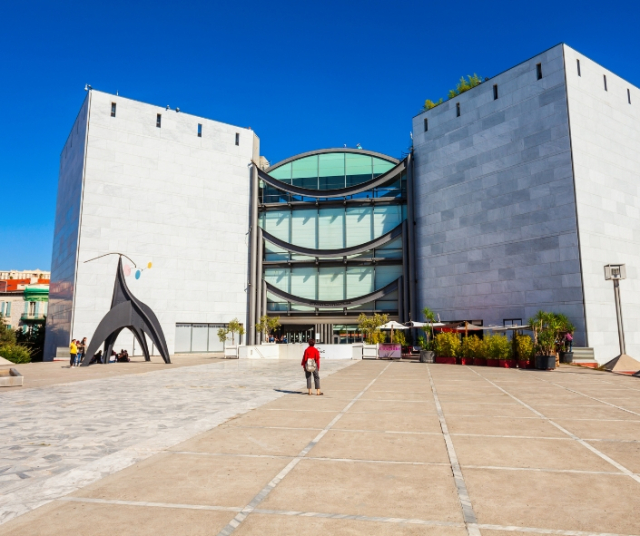
In the beautiful coastal city of Nice, the Musée d Art Moderne et d Art Contemporain (MAMAC) is a must-see destination for lovers of modern and contemporary art. Founded in 1990, the museum houses an impressive collection of works by artists such as Andy Warhol, Yves Klein, Niki de Saint Phalle and Arman, among others. From paintings and sculptures to multimedia installations, the MAMAC offers an eclectic and vibrant vision of 20th and 21st century art. Furthermore, its location in the heart of Nice allows visitors to combine culture with the city's Mediterranean charm.
11. Musée des Confluences (Lyon)
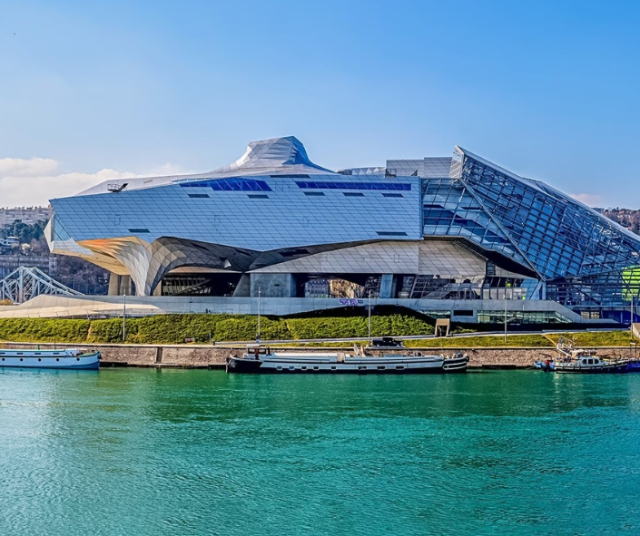
The Musée des Confluences, located at the confluence of the Rhône and Saône rivers in Lyon, is an architectural gem that houses an exceptional collection of natural history, anthropology, ethnography and social sciences. Opened in 2014, the museum has quickly become a cultural landmark in the region. Its interactive and multidisciplinary exhibitions explore fascinating topics such as human evolution, cultural diversity and the challenges of the contemporary world. With its futuristic architecture and innovative approach, the Musée des Confluences offers a unique experience for visitors of all ages.
12. Musée Fabre (Montpellier)
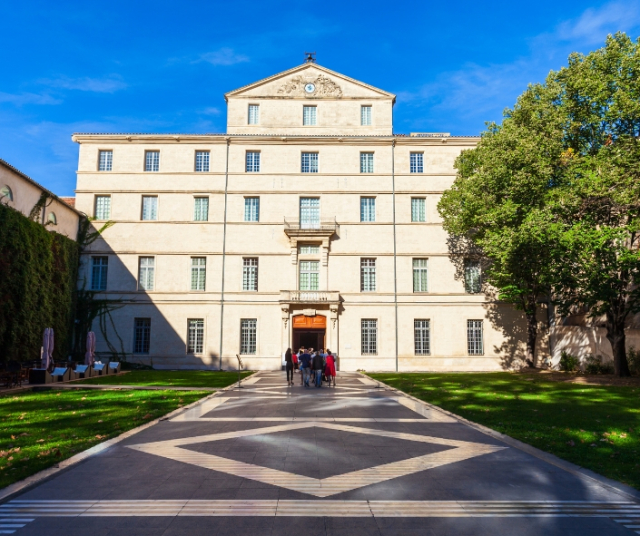
In the picturesque city of Montpellier, the Musée Fabre is a must-see for art fans. Founded in 1825, the museum houses an exceptional collection of paintings, sculptures and decorative arts spanning the Renaissance to the present day. Its galleries exhibit works by artists such as Courbet, Delacroix, Ingres, Manet, Renoir and Bonnard, as well as an outstanding collection of contemporary art. Additionally, the Musée Fabre regularly hosts temporary exhibitions highlighting various aspects of art and culture, ensuring that each visit is unique and exciting.
13. Musée du Quai Branly - Jacques Chirac (Paris)

Dedicated to the arts and cultures of Africa, Asia, Oceania and the Americas, the Musée du Quai Branly - Jacques Chirac is an oasis of cultural diversity in the heart of Paris. Designed by architect Jean Nouvel, the museum combines contemporary architecture with lush gardens to create a unique meeting space between cultures. Its collections include historical artifacts, contemporary art, photographs and documents that offer a fascinating insight into non-Western cultures. In addition to its permanent exhibitions, the museum also organizes cultural events, concerts and film screenings that celebrate cultural diversity and promote intercultural dialogue.
14. Musée de l Armée (Paris)

Located in the majestic complex of Les Invalides, the Musée de l Armée is one of the most important military museums in the world. Its collections cover more than a thousand years of military history, from the Middle Ages to the present day, and include armor, weapons, uniforms, paintings and historical objects related to the great battles and conflicts that have marked the history of France and the world. In addition to its impressive permanent collection, the museum also hosts temporary exhibitions that explore various aspects of military history and contemporary geopolitics.
15. Musée de l Air et de l Espace (Le Bourget)
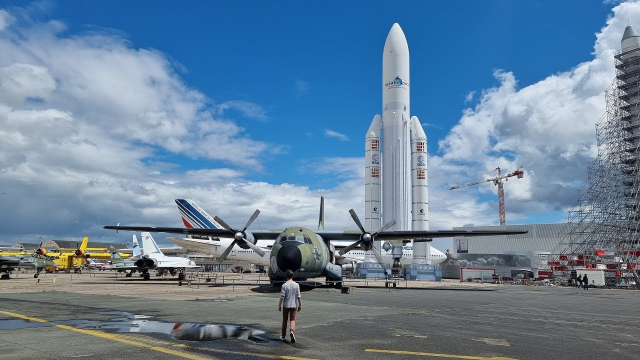
For aviation and space exploration enthusiasts, the Musée de l Air et de l Espace in Le Bourget is a fascinating destination. Founded in 1919, the museum is one of the oldest and most complete of its kind in the world, and houses an impressive collection of airplanes, helicopters, rockets and objects related to the conquest of air and space. From the Wright Brothers' first flights to the most recent space missions, the museum offers a unique insight into the history of aviation and space exploration. In addition to its static exhibits, the Musée de l Air et de l Espace also organizes air shows, conferences and educational activities that bring the world of aviation to life for visitors of all ages.
With their rich history, artistic diversity and inspiring atmosphere, France's museums are a testament to the extraordinary cultural legacy of this beautiful country.
